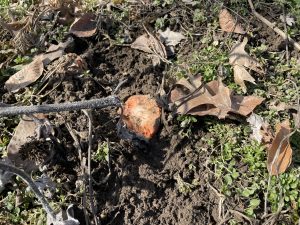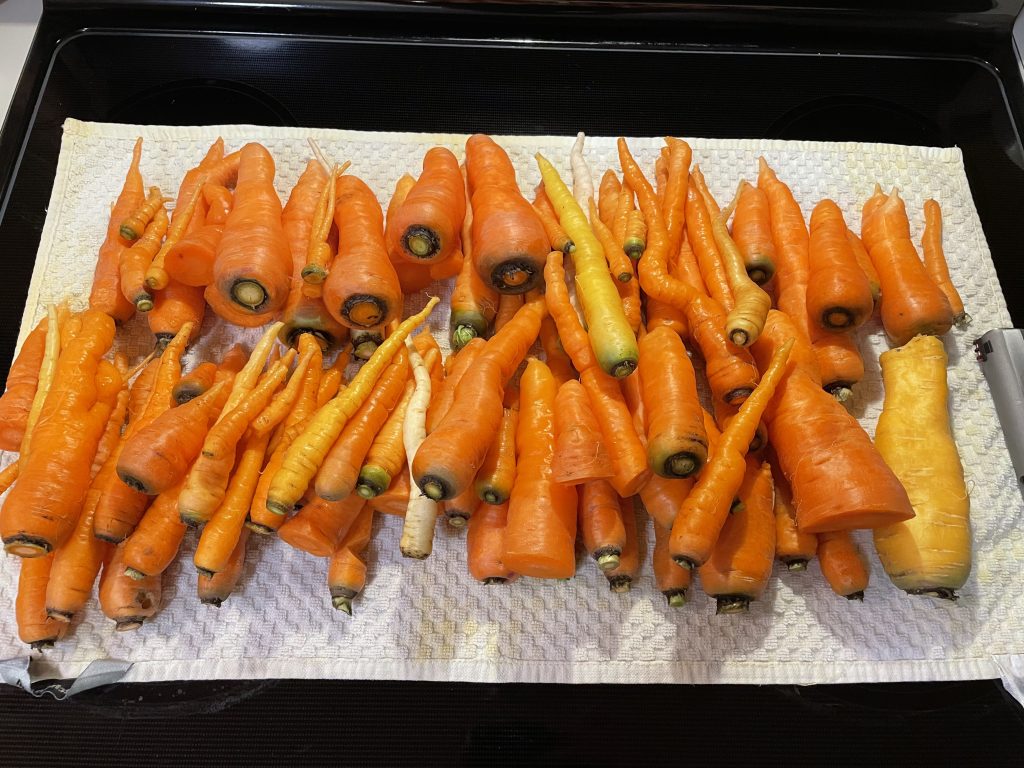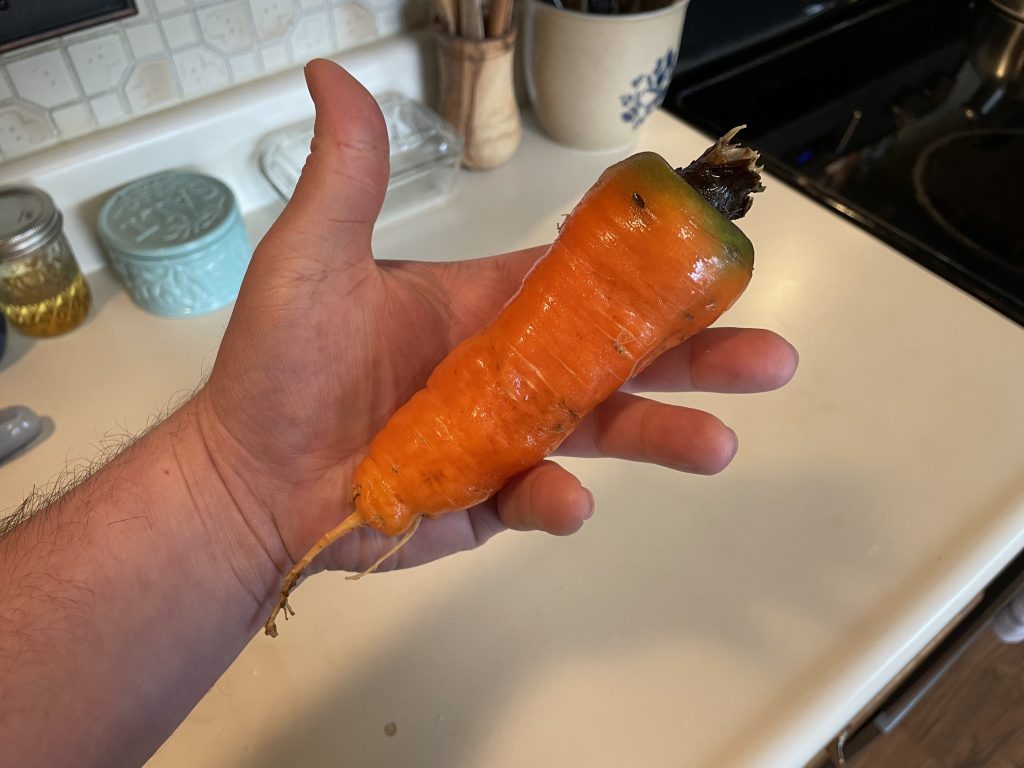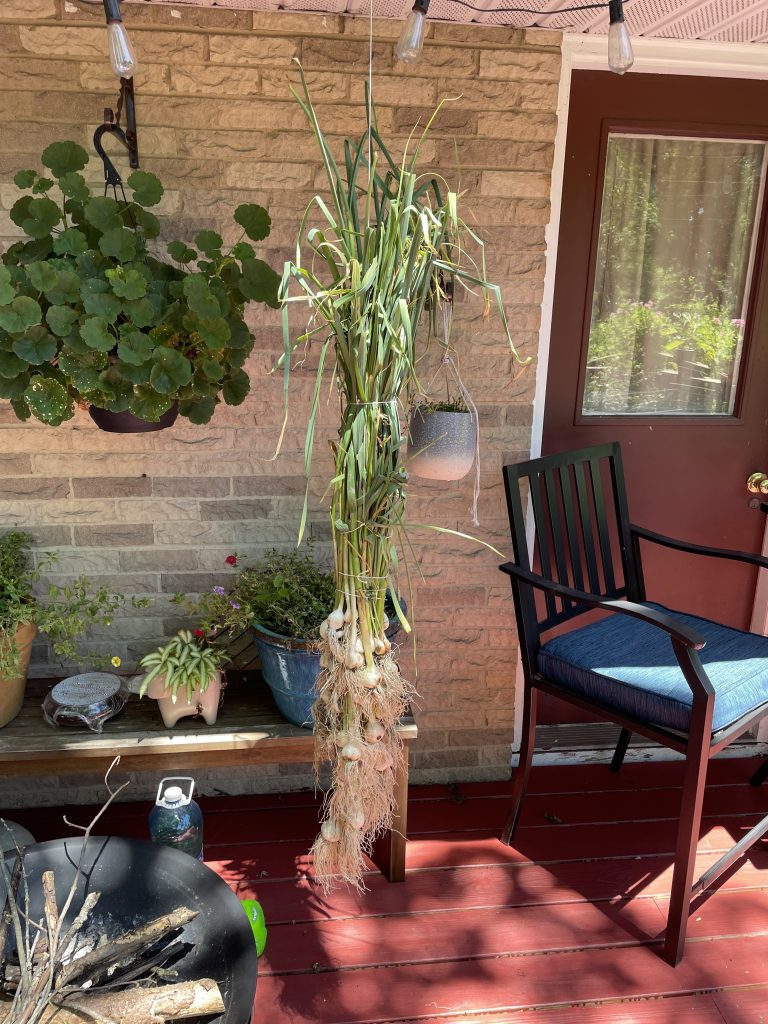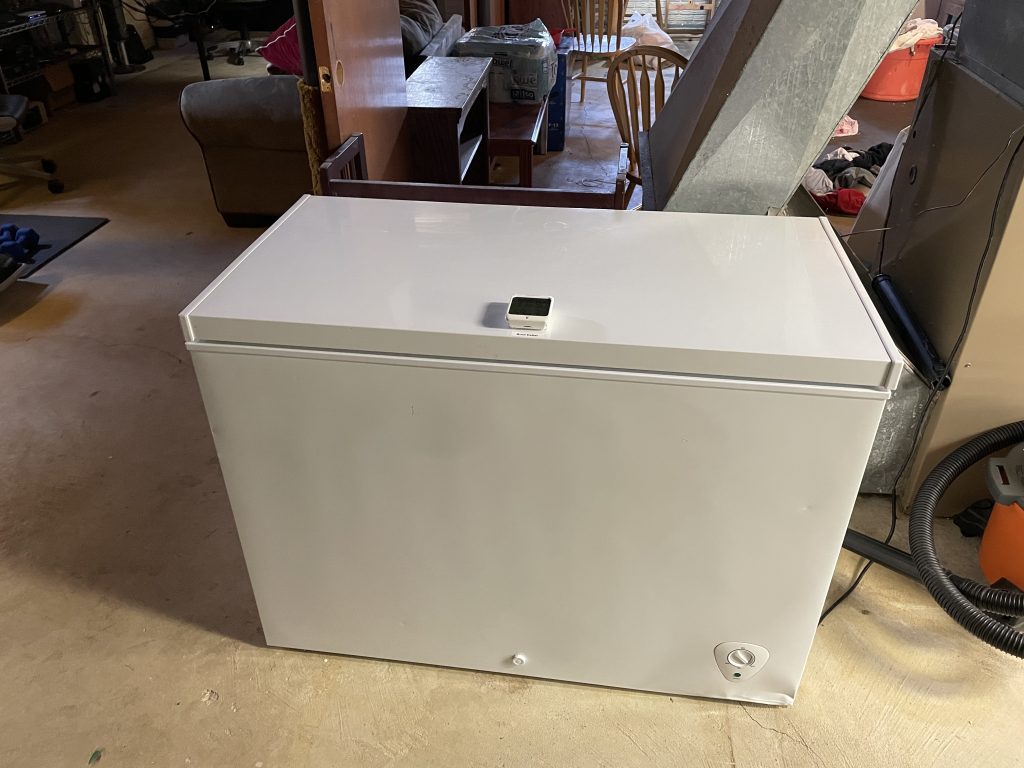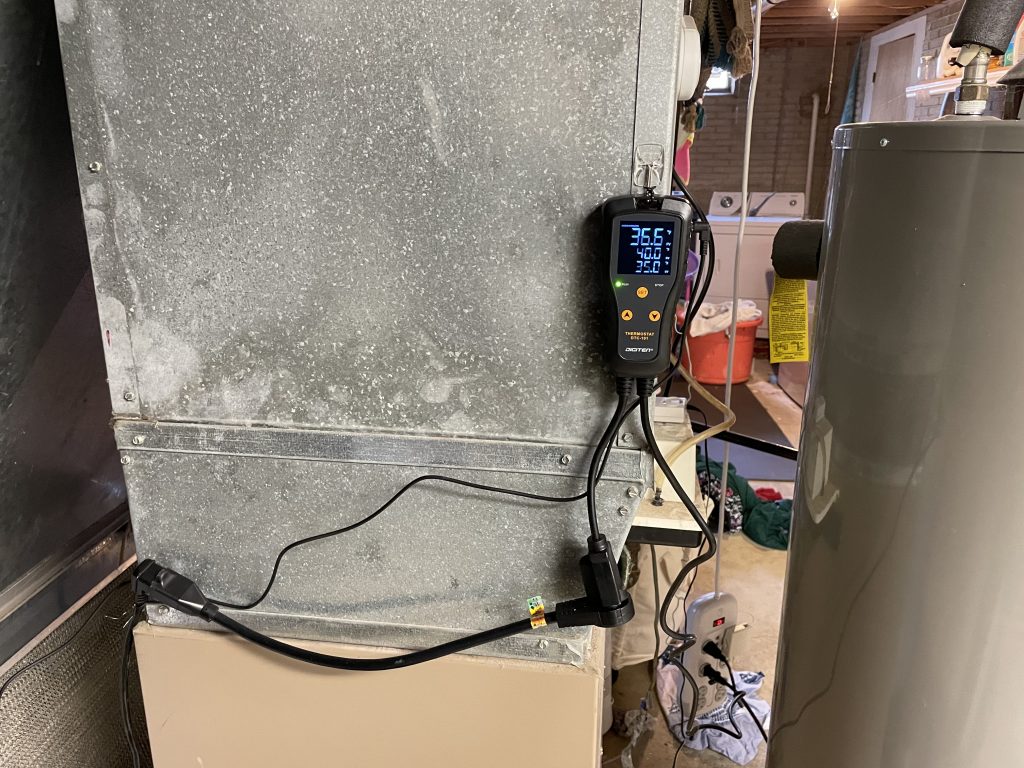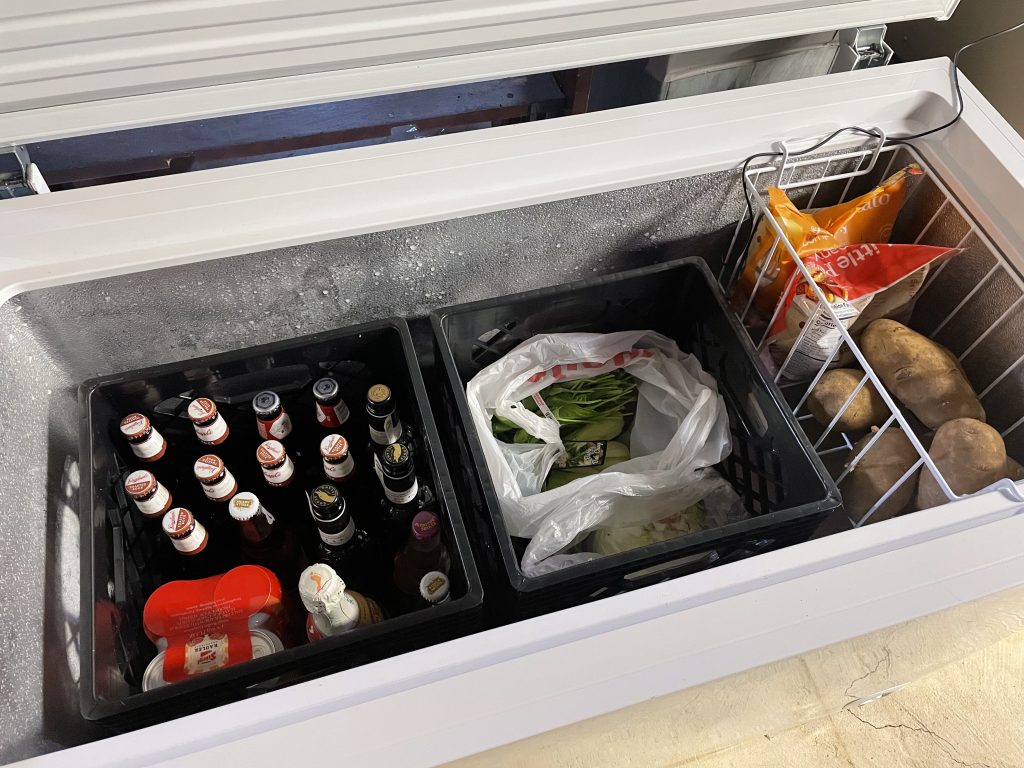I want to shoot neighborhood cats sooooo bad.
Rewind.
Okay, so I just don’t want cats on my property. I find this to be a very reasonable request. Yet, in the internet debate over cats being allowed to roam unrestricted outside, the arguments against this practice focus on the dangers posed to the cats themselves, which is still a self-centered argument, even if it’s on the against side. It overlooks what should be the prime reason: it’s rude to other people.
Even if letting your cat outside wasn’t inherently dangerous, it’s still pissing and shitting in my vegetable garden and digging things up. It’s being destructive to my property and hobbies, and potentially passing infectious diseases into the produce I eat. Under no condition would a rational person consider this okay.
And yet – there they are.
And it turns out that the problem was worse than I thought, revealed to me after my garden camera install.
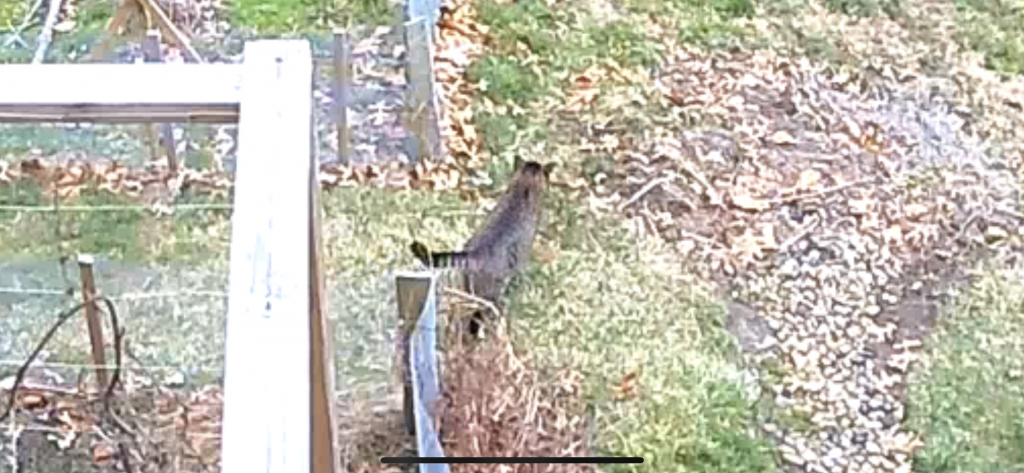
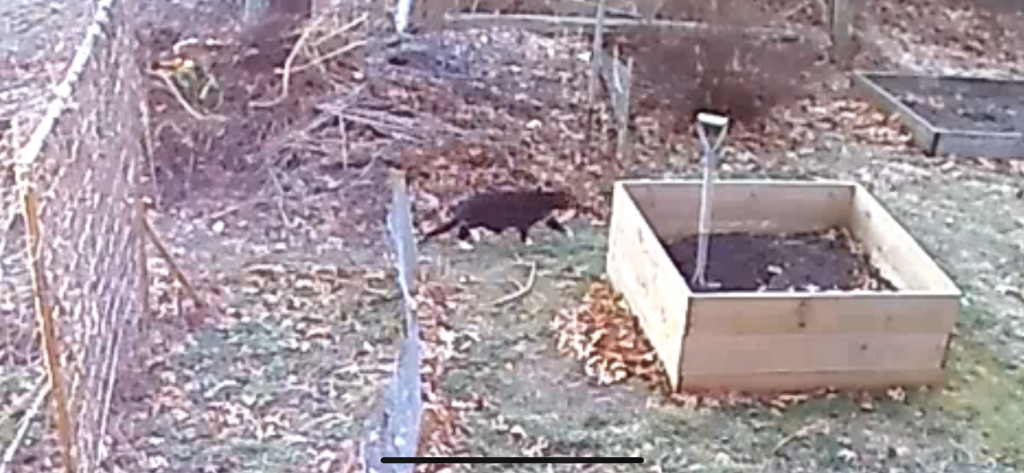
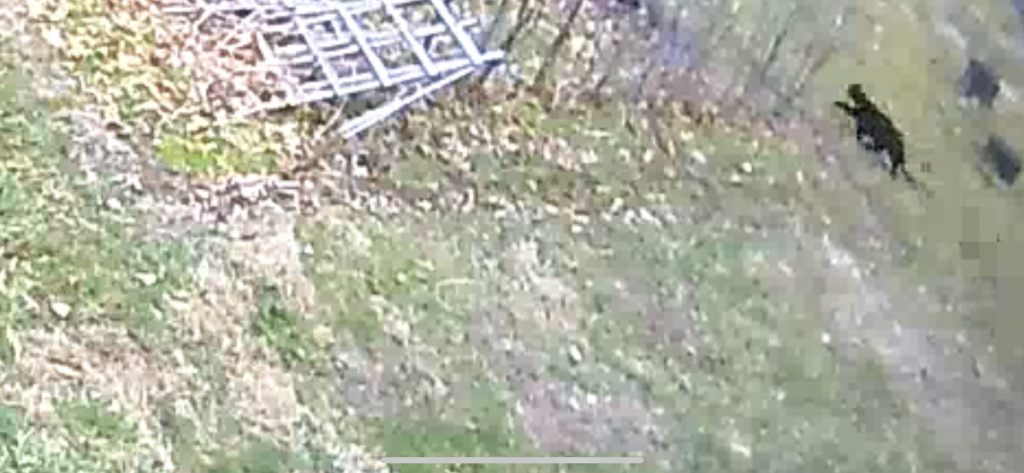
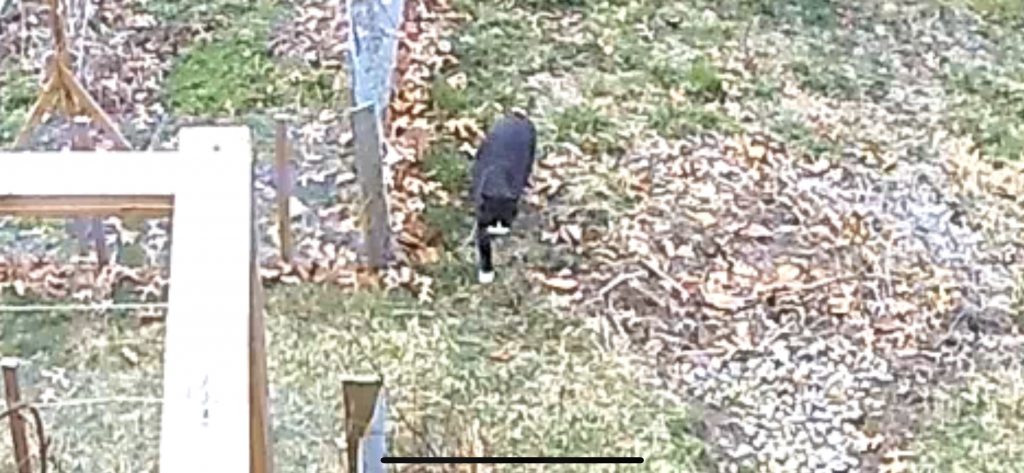
…And that’s just one day.
But I’ve ranted about roaming cats before. No need to go through that futile discussion again. Instead, I decided to find a preventative measure that was more likely than changing a cat owner’s behavior.
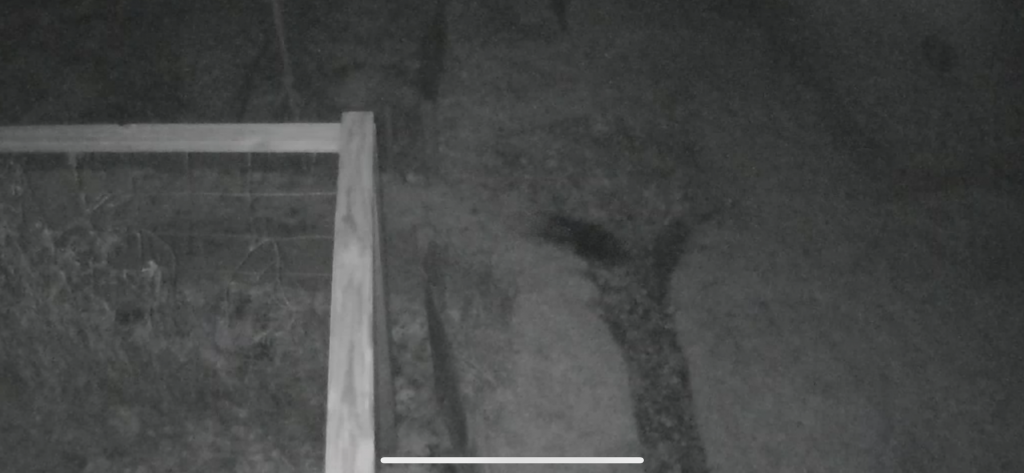
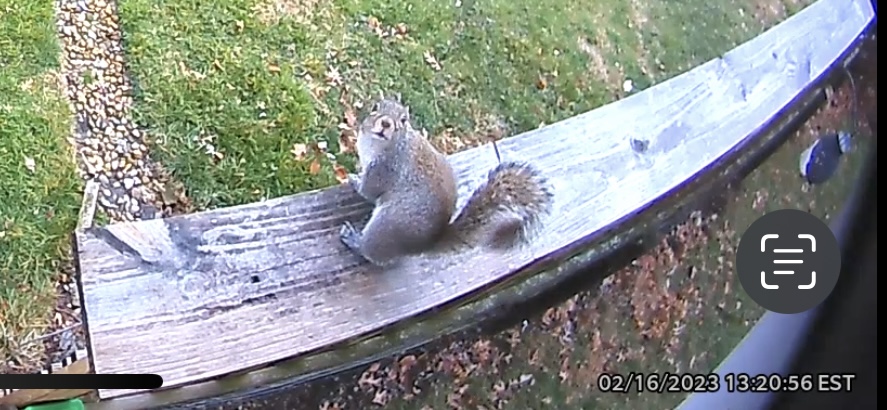
 Instead, I invested in a motion-activated ultrasonic alarm. I had limited expectations, but I haven’t caught any more cats on camera in the two days since I installed it! So I bought two more. It seems feasible that I can at last create a cat-free perimeter. The 3rd one I’ll run at a higher frequency and see if that does anything to the squirrels. That’d be a double win after last year’s tomato patch decimation.
Instead, I invested in a motion-activated ultrasonic alarm. I had limited expectations, but I haven’t caught any more cats on camera in the two days since I installed it! So I bought two more. It seems feasible that I can at last create a cat-free perimeter. The 3rd one I’ll run at a higher frequency and see if that does anything to the squirrels. That’d be a double win after last year’s tomato patch decimation.
And the camera worked for one of its intended purposes. I love it when a plan comes together.
–Simon

